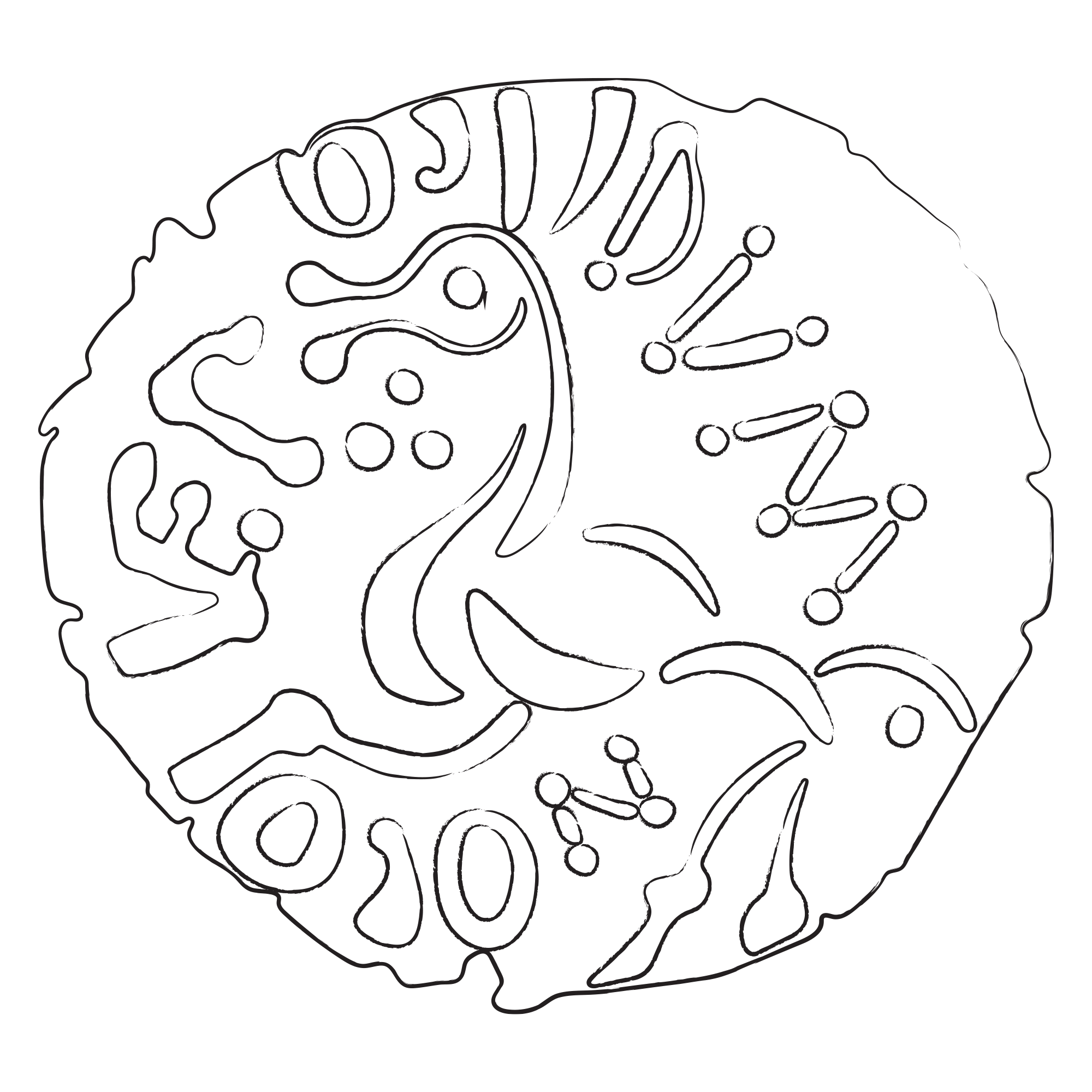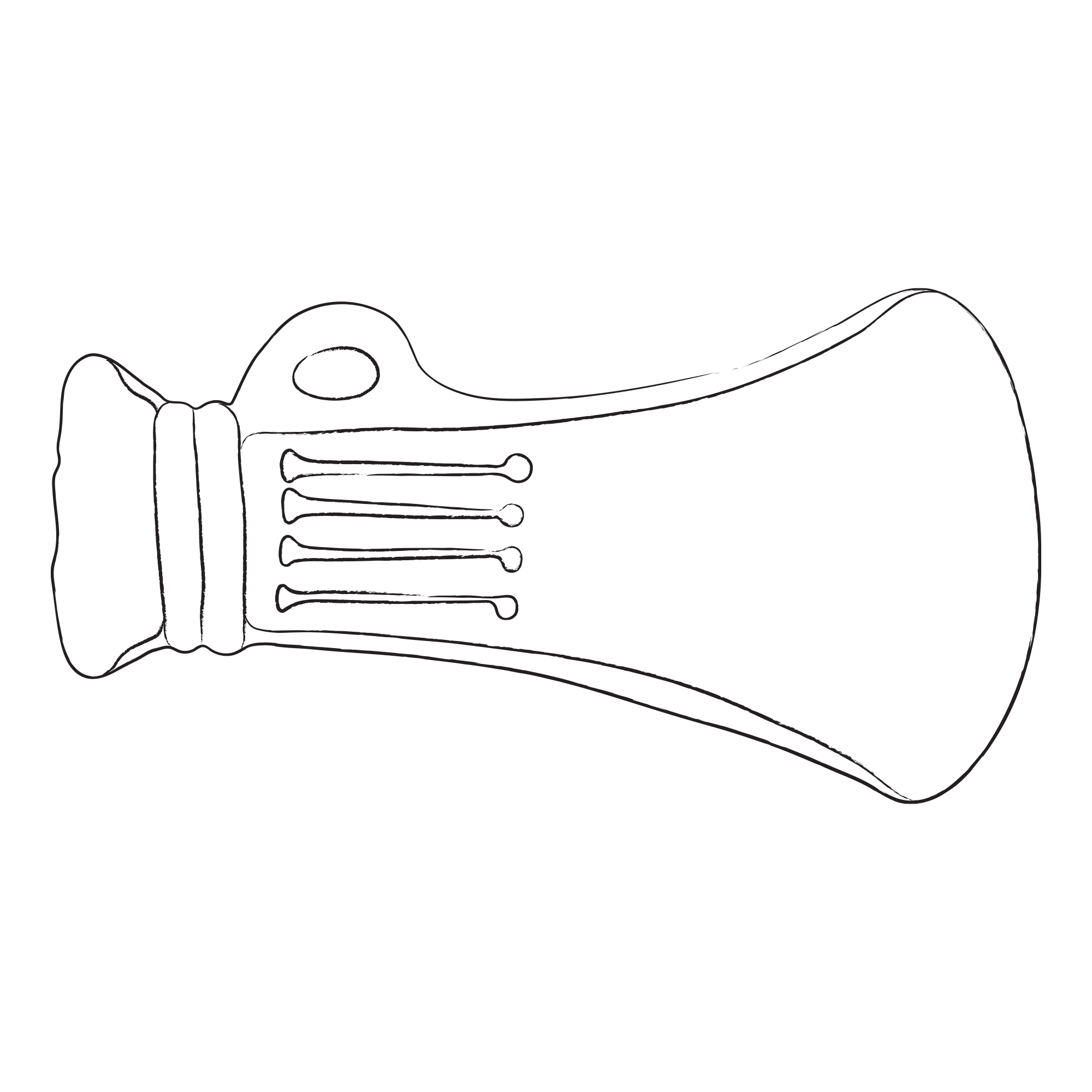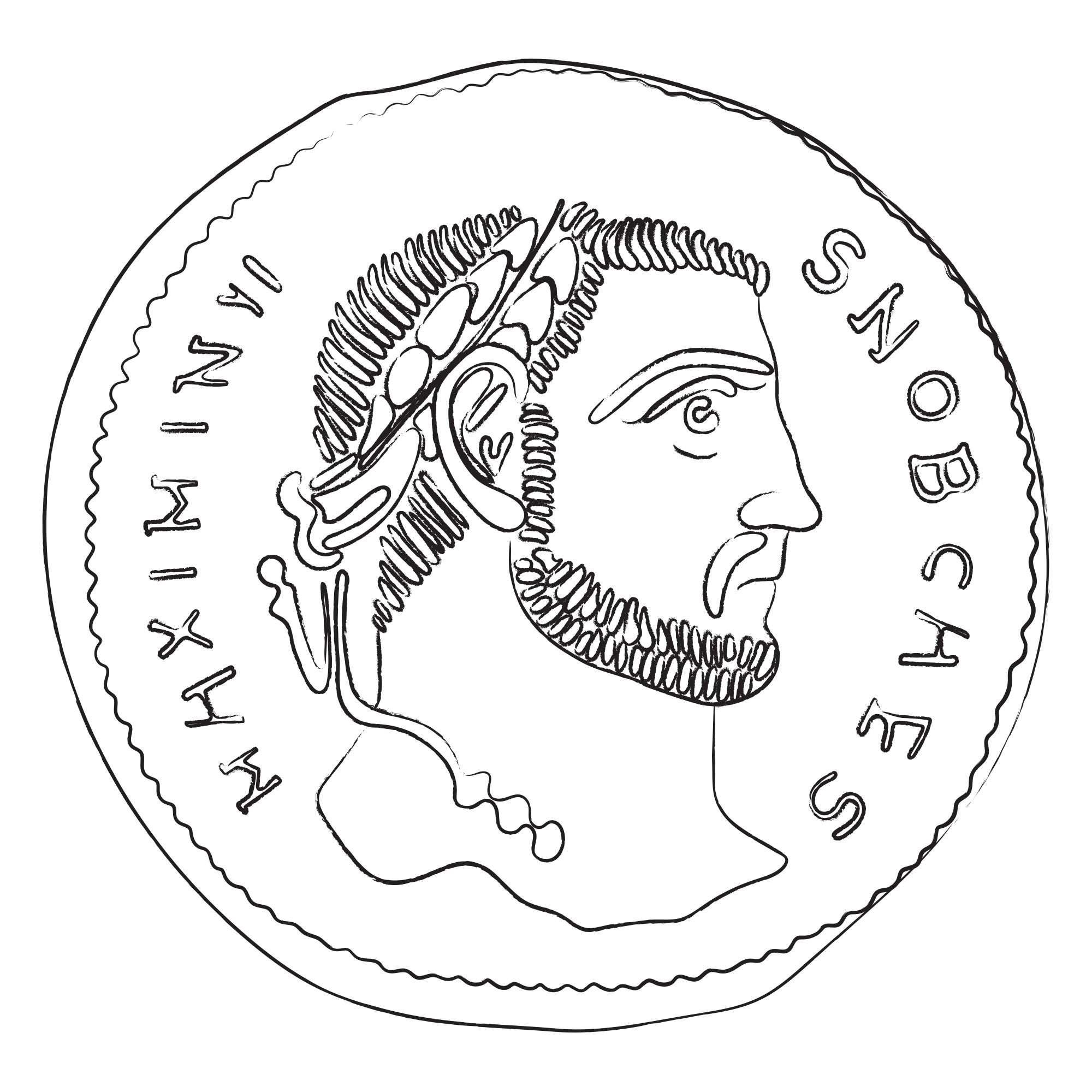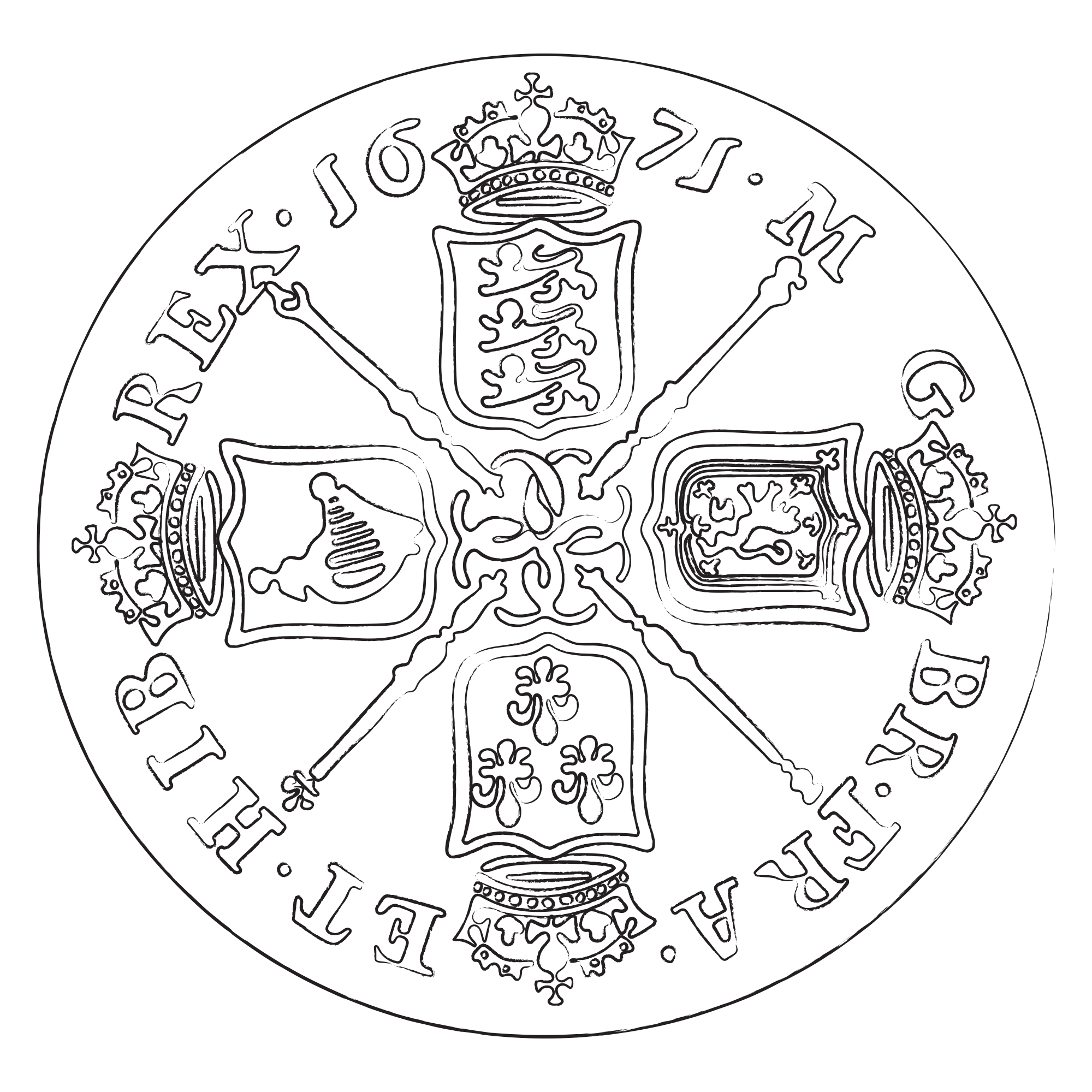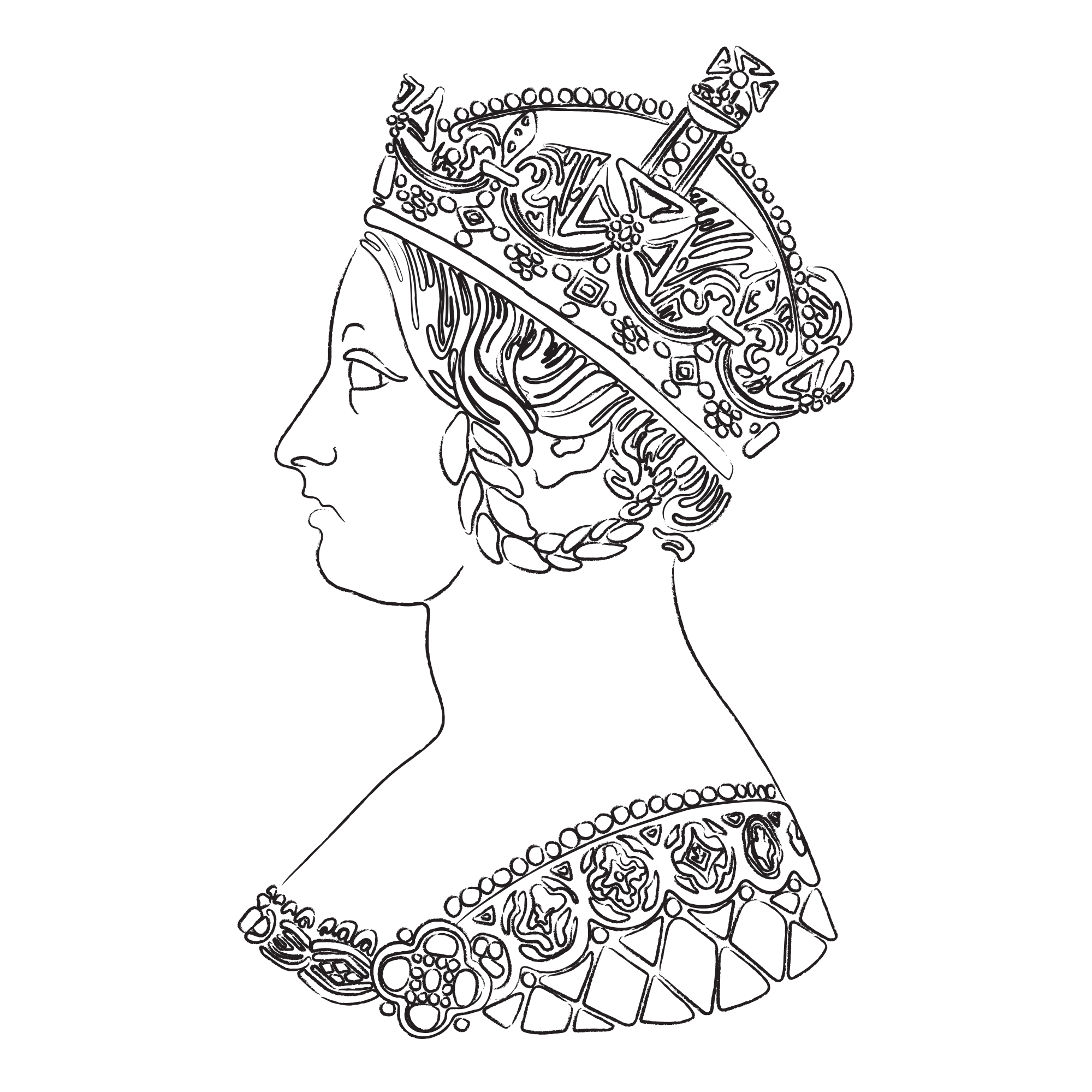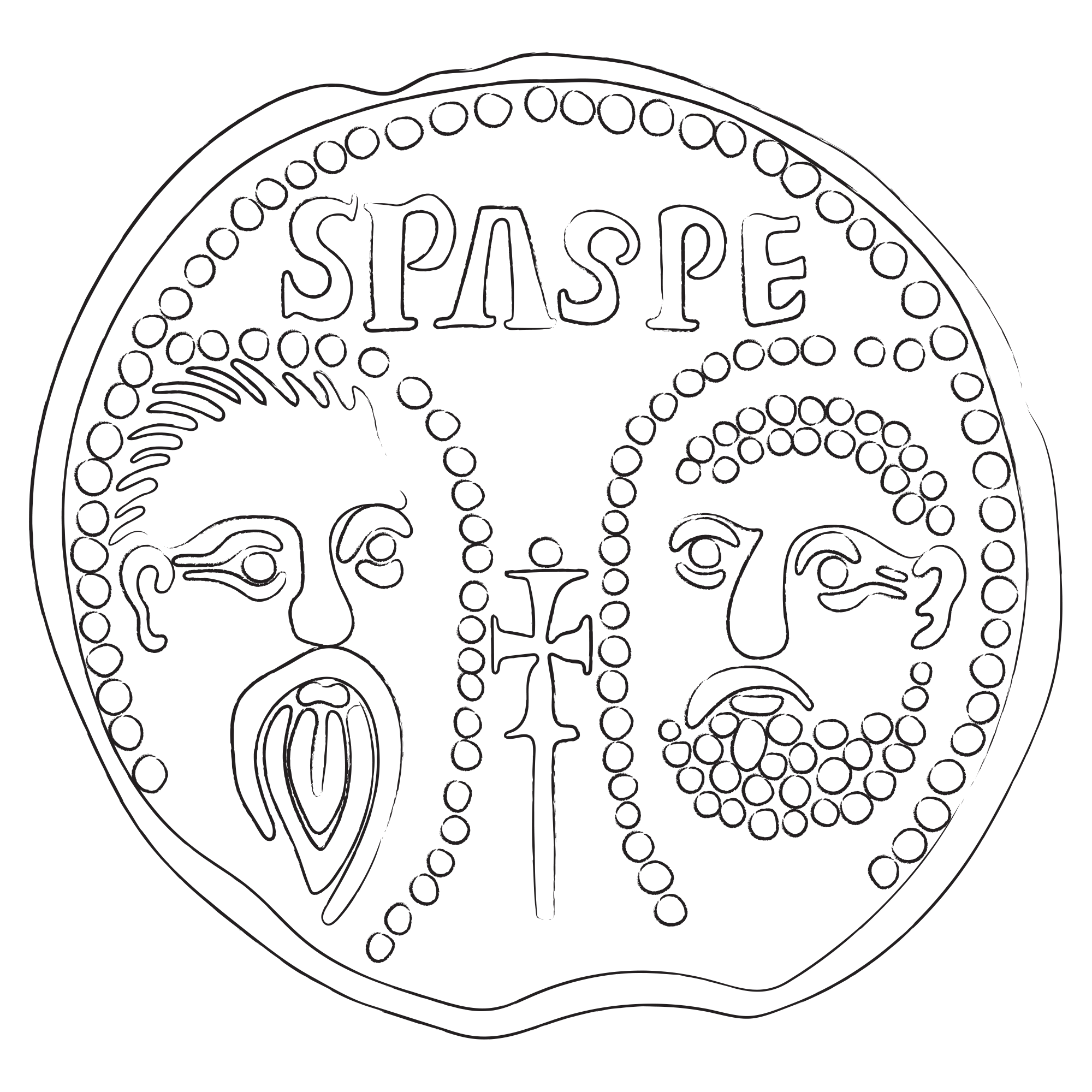THE ROMAN FOUND BUCKET LIST
The dirtiest list of all the digging bucket lists.
We thought that it was about time to share the Roman Found Bucket List. We have been lucky to tick quite a few items off of our original bucket list, (most recently being a double trouble spell of cartwheel penny luck), but don’t worry there’s still plenty of finds out there that we are still waiting to walk over.
Oh and obviously the list is endless and we could go on forever so here’s the top 10.
DOMITIAN'S LOST HEAD
Emperor Domitian
Coming in at a strong number 1 on the bucket list is an old wives tale, a breadcrumb trail of research, and a myth and a legend that’s just waiting for us to find it.
So we all know that Lincoln (Lindum Colonia) was quite an important Roman City. It was initially established as a Legionary Fort for the 9th Legion that eventually expanded into a Colonia with its own Forum, Basilica, Wall and Public Baths. Now this is where the beginning of the statue conspiracy happens as during archaeological excavations of the Forum in the 1970’s large empty stone statue bases were discovered but no traces of the statues …
Since then there have been several local statue fragments found across Lincolnshire, most notably of a life-sized bronze horse foreleg, a finger and an eagle's wing, all of which appear to have been deliberately broken and damaged. This has led to the suggestion that these fragments are from a large imperial statue of a figure mounted on top of a horse that would have stood proud in Lincoln’s Forum.
But a statue of who? Well, Lincoln was originally founded as a Colonia under the Emperor Domitian so it is most likely that a statue would have been raised in his honour in the City. Not only that but Emperor Domitian was a ruler that also fits the bill for creating a reason why these fragments have been deliberately broken down … damnatio memoriae: he was so unpopular that he was assassinated and upon his death, effectively erased out of the timeline with statues being torn down and all inscriptions erased. Is this the reason for the empty bases in the Lincoln Forum?
Another question, if he was so hated, why do some pieces still exist? Well it has been suggested that the statue was broken down as part of some sort of religious or social outcry and it would be likely that pieces would have been kept and scattered as religious offerings to the gods.
Believable? We certainly think so, a Roman Conspiracy Theory that we are all for and will happily spend every digging Wednesday of our lives hunting down the missing pieces of this Roman Statue. But to find the head of course would be truly top drawer …
GOLD CORIELTAUVI STATER
Corieltauvi Stater
We have recently unlocked what we like to call the Celtic Section of our permission uncovering two rather heavily debased Corieltauvi silver units. But obviously this isn’t quite enough for us so now we are going for gold! If they are trading in silver they must have been trading in gold …
The Corieltauvi Tribe, or as we fondly like to call them ‘our local tribe’, would have roamed over the territory of the East Midlands over the counties of Lincolnshire, Leicestershire, Nottinghamshire, Derbyshire, Rutland and Northamptonshire.
From their coins it has been believed that the Corieltauvi Tribe were a sort of association of smaller groups within the one overarching tribe structure, this is down to their coinage almost always featuring the names of at least two ‘rulers’. Their most important mint and potential tribal capital was based at Sleaford where a large number of coin pellet moulds have been discovered, but it is believed that they had important centres at Leicester and Lincoln as well.
The name for the Corieltauvi tribe comes from ancient Roman sources and much of what we know has been ascertained from what little remains in our landscape today and largely from their coinage and the distribution of the coins that have been found. Most of this data has been gathered through the hobby of metal detecting which has helped to reconstruct this historical geography and information of the East Midlands in the Iron Age. An archaeological gap, and one that we can only dream about helping to fill by adding one more data point (or maybe a few … )
BRONZE AGE
Bronze Age Axe
Lincolnshire has been home to several incredible Bronze Age finds such as the Bronze Age Log Coffins that were discovered in the pond of a golf club of all places. We have also heard of various Bronze Age Axe and Tool hoards, one of which even contained a sword … alongside Gold Penannular Rings, Bracelets you name it, it's been found in this county. Just not by us. Not yet at least.
So Bronze Age is pretty high on the bucket list for us, just the chance of finding something so old absolutely blows our minds. Especially as the Bronze Age is a period that relies upon the archaeological data and information that is gathered from the finds and artefacts of the period. So to add to the archaeological record with a Bronze Age Find would be a real goal achievement for Roman Found.
A HOARD
Roman Hoard
Hoards, it just had to make the list, basically the dream of every metal detectorist.
But just why is it possible to find hoards? It’s generally believed that hoards were valuable items buried for safekeeping sometimes in a time of uncertainty such as war, plagues or the threat of invasion. It has also been suggested that some hoards are evidence of the hoarding of good quality silver coins in the event of inflation or the debasement of the currency where the quality of the silver in circulation would reach quite a low standard.
Looking back far into time there is also a strong case for hoards being found from ritual practices with several large bronze age and iron age hoards turning up in places which would have been rivers and streams. This ritualistic practice was only continued through the Roman Period as they consistently buried large deposits of coins and offerings at important temple sites as well as watery locations and as shown by the discovery of the Frome Hoard this ritual idea of hoarding was well cemented into everyday life with a whole community being believed to contribute towards this hoard as a ritualistic offering practice to encourage a good harvest.
SAXON PENNY
Ethelred Penny
We bet you don’t think twice about that penny in your pocket, a simple piece of day to day coinage that has been with us for centuries. It was actually the Anglo Saxons that were the first people to mint an English Penny and unlike the copper coinage of today they were silver.
When the Romans left Britain there was this turbulent period where coinage was in a bit of a crisis and turmoil, it wasn’t until the 7th Century that the Anglo Saxons began minting their own coins and the penny and more stable currency wasn’t introduced until the 8th Century. Therefore there was this whole time where the Roman currency that was left behind was being reused and the economy shifting towards bartering techniques where most people traded goods instead of currency.
Anglo Saxon England was constructed out of several Kingdoms and territories of different Saxon civilisations all ruled by different Kings, each Kingdom had its own penny with an image of its King minted upon it. This inclusion makes Anglo Saxon Coinage incredibly historically significant as the coins themselves can track the rise and fall of kingdoms and rulers within those kingdoms. Almost like a coin data map of a rather turbulent time of England post Roman Rule.
So much history contained within one silver penny it's simply a no brainer to be on the list and with a Silver Sceat already ticked off we are ready for the next Saxon Bucket Lister.
GOLD ROMAN
Gold Aureus
We are Roman Found for a reason so a Gold Roman simply had to make the list, no question about it.
The Ancient Roman Empire was possibly one of the largest and most successful Empires in the world and a large reason to this success was down to their possession of Gold which fuelled the powerful Roman Economy. The Romans loved their Gold and made practically everything out of it from large elaborate statues, to jewellery and of course … coins.
The Gold Aureus was the standard for gold Roman coins for almost 350 years before being replaced by the Gold Solidus towards the later end of the Empire.
The Romans realised the power of currency and utilised their coinage as important vessels for propaganda or political statements, they highlighted monuments, battles and victories expressing Rome's history through their dies. The imagery especially chosen for the Gold Coins make these quite powerful objects that reflect the glory and power of the height of the Roman Empire.
Gold Roman Coins being the most highly valuable and sought after items in the Roman Currency are the rarest of Roman Coins to find, simply because they were minted in low numbers and normally during times of emergency to solve an economic problem. This happened mainly during the early part of the Empire where the only Gold Coin was the Roman Aureus.
Essentially the holy grail of Roman Finds.
MILLED GOLD
Gold Guinea
Milled Coinage first appears during the reign of Elizabeth I, in 1561 to be exact, where the introduction of a screw press powered by horses produced vastly superior quality coins to the previous hammered method. Milled soon became the preferred method for coinage production as despite production being slower they proved to be much harder to forge and impossible to clip, a big problem in the currency of the time.
A massive change to the coinage system at the time and a significant marker to the history of coinage production in England. Therefore a significant tick to the bucket list! Obviously one of the very rare, very early milled Gold coins would be nice but we would happily settle for a Guinea or a Sovereign, diggers can’t be choosers!
GOTHIC VICTORIA
Gothic Victoria Portrait
As designers there is something really special that draws us towards the Gothic Portrait of Queen Victoria that appears on a limited number of her coinage, most notably on the Crown and Florin. This Medieval Style was first minted in 1847 created by Chief Coin Engraver William Wyon.
A Medieval Revival this was a coin designed to invoke a bygone era by utilising blackletter and the crowning of the monarch, an act on coinage that hadn’t happened since the reign of Charles II. This was a very popular design style at the time that can be seen in the Architectural Accomplishments of the 1840s such as the Houses of Parliament.
There was this important movement of looking back to the craft of the past that was especially prevalent in the current age of materialism and industrial revolution. Wyon’s use of this design movement on the coins connected Victoria with the historic pride of Britain's past and heritage at a time where Britain seemed to be accelerating into the future at a rapid speed driven by the great machine that was the industrial revolution.
PAPAL BULLAE
Lead Papal Bullae
We love our lead artefacts over at Roman Found but there is one that we still dream of finding, the elusive Papal Bullae.
Papal Bullae are large important lead seals that were affixed to Papal (Pope) Documents acting as the Pope's Signature .But what is most special about these seals is that there was a different obverse die for each new pope, like lead pope seal coinage.
The reverse of these fascinating objects commonly show the heads of St Peter and St Paul and they would have been used on documents such as grants, privileges or more personal indulgences which were almost like a permit for sins, a way to reduce the amount of punishment required for a sin and were often awarded for specific good works or prayers, visiting particular churches or to support charities.
It is uncertain why these incredibly important seals get found, was it through accidental loss, the purposeful burying of documents within graves or from the deliberate destruction of documents during the reformation?
MEDIEVAL STEELYARD WEIGHT
Crested Steelyard Weight
The final artefact to make the list are the rather fascinating Medieval Steelyard Weights.
Steelyards were first developed during the Roman Period and were essentially a system of using counterweights to accurately weigh an item. They would have mainly been used by traders and merchants for the measurements of goods in trade and they relied upon a system of weights.
It is these weights that were highly valued and important to a trader or merchants equipment and they became more and more elaborate and prominent as the centuries went on, developing from humble lumps of lead to an engraved item depicting various coats of arms.
There you have it 10 epic finds that we are still searching for here at Roman Found.
What would make your bucket list?


